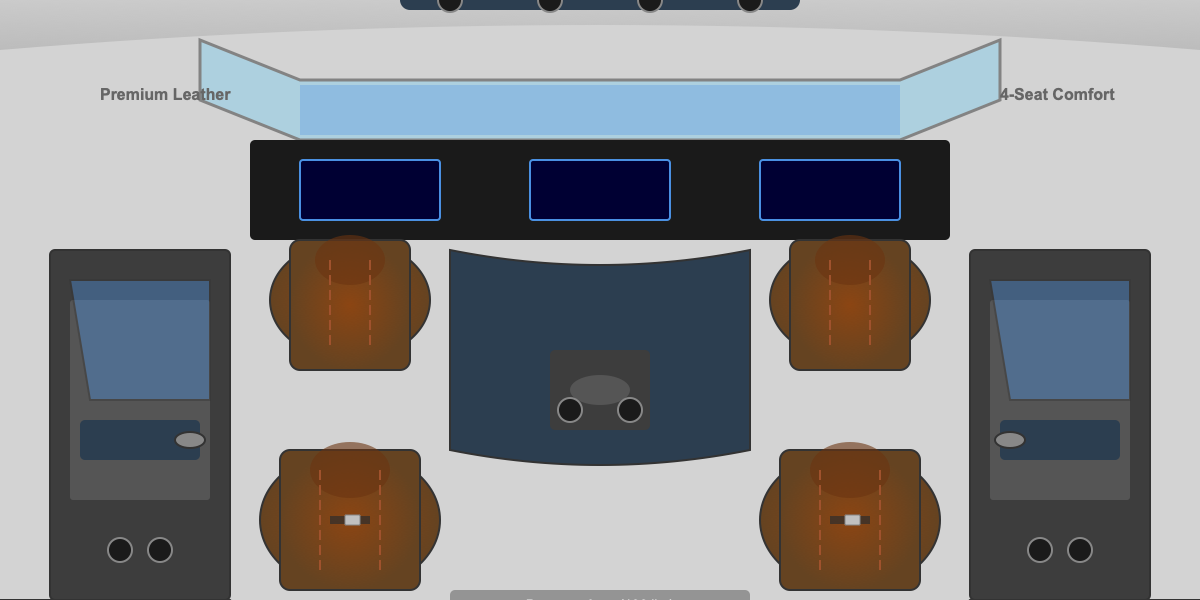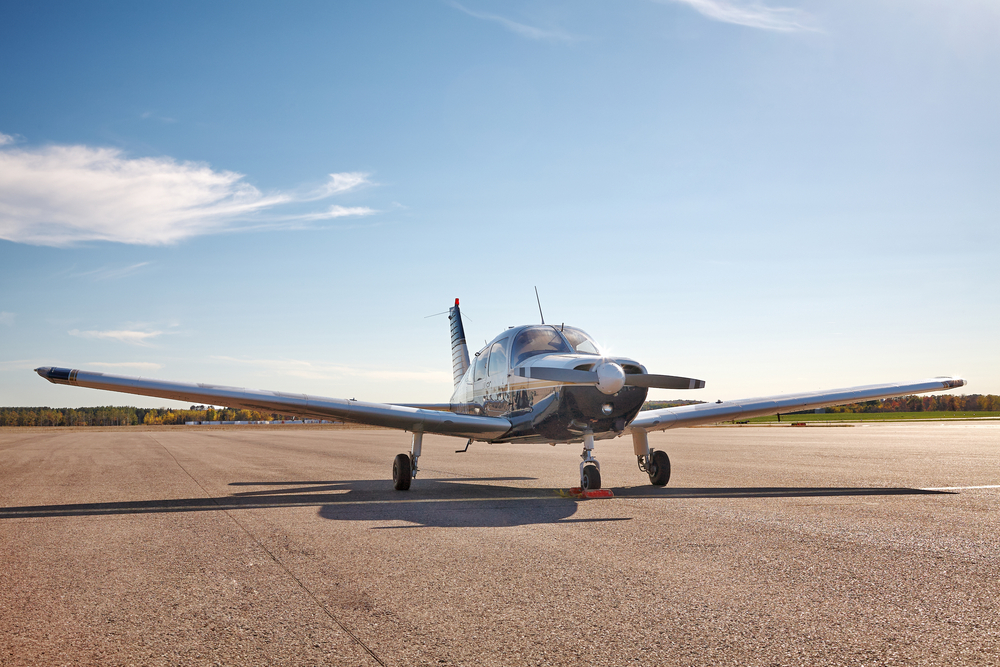CAPS Saves: When Pulling the Red Handle Saved Lives
This is why Cirrus aircraft are different. Whole-airframe parachute system. Over 120 deployments. Over 200 lives saved. Here are the most incredible CAPS activations caught on video.
Vision Jet Pacific Ocean Save – 2022
HOLY SH*T. Vision Jet loses engine power over the Pacific Ocean near Hawaii. Pilot pulls CAPS at 1,700 feet. Aircraft lands in ocean. Pilot and passenger swim to life raft. Coast Guard rescues them 30 minutes later. Both walked away.
- Outcome: Both occupants survived
- Location: Pacific Ocean, 25 miles offshore
- Altitude: CAPS deployed at 1,700 AGL
- Rescue: Coast Guard on scene in 30 minutes
SR22 CAPS Deployment Over Populated Area
Engine failure on departure. No runway options. Houses everywhere. Pilot pulls CAPS. Aircraft descends under parachute and lands in a residential area. Family walks away without injuries.
“Without CAPS, we would have crashed into houses. This system saved our lives and probably saved people on the ground too.” – Pilot
CAPS Deployment Compilation – Real Saves
Multiple CAPS deployments caught on video. Engine failures, weather, pilot incapacitation, spatial disorientation. Every one of these would have been fatal without CAPS.
Night CAPS Save – Spatial Disorientation
Dark night. No visual references. Pilot loses control. In IMC without proper rating. Realizes he’s in a graveyard spiral. Pulls CAPS. Lives to tell the story.
- Lesson: Don’t fly IMC without rating
- Outcome: CAPS saved him from his own mistake
- Result: Minor injuries, alive
CAPS By The Numbers
- 120+ CAPS deployments since 1999
- 200+ lives saved
- 95%+ survival rate when deployed within parameters
- $15,000-$20,000 repack cost (cheap for your life)
- 10 years or 1,000 hours between required repacks
When Should You Pull CAPS?
Cirrus teaches: “Pull early, pull often.”
- Engine failure with no landing options
- Mid-air collision
- Loss of control (spatial disorientation, unusual attitude)
- Structural failure
- On-board fire that can’t be controlled
- Pilot incapacitation with no way to recover
- Severe weather/turbulence causing loss of control
Minimum altitude: 400 feet AGL (though higher is better)
Want to improve your emergency decision-making? Check out the Pilot’s Handbook of Aeronautical Knowledge (2025 Edition) for comprehensive coverage of aeronautical decision-making and emergency procedures.
How CAPS Actually Works
Inside look at CAPS system:
- Pull red T-handle with 40+ lbs of force
- Solid-fuel rocket fires, extracting parachute
- 55-foot diameter parachute deploys
- Aircraft descends at ~1,800 FPM
- Deployable seat belt pre-tensioners activate
- Aircraft lands on fuselage (impact ~13 Gs, survivable)
Why Some Pilots Don’t Pull
Sad truth: Some pilots have died with CAPS available because they didn’t pull.
Common reasons for not pulling:
- “I can still save it” (no, you can’t)
- “I don’t want to destroy the plane” (insurance > your life?)
- “I’m too low” (try anyway!)
- Denial/shock/panic
Cirrus’s message is clear: Pull the damn handle.
CAPS Test Deployments
Watch Cirrus test CAPS at various speeds and altitudes. It works.
The Bottom Line
CAPS is the most successful aviation safety innovation in decades. No other manufacturer offers whole-aircraft parachute systems as standard equipment. It’s saved over 200 lives.
Is it perfect? No. Can you still die if you pull too low or in certain situations? Yes. But your odds of survival are VASTLY better with CAPS than without it.
That’s why Cirrus pilots pay the premium. Because some innovations are worth it.
Resources for Better Aviation Safety
- Pilot’s Handbook of Aeronautical Knowledge (2025) – FAA’s complete guide to pilot decision-making and emergency procedures
- Pilot’s Guide to Flight Emergency Procedures – Comprehensive emergency procedures handbook
- Bose A20 Aviation Headset – Clear communication is critical in emergencies
Join the Aircraft Insider Community
Get exclusive backcountry flying tips, aircraft reviews, and Western aviation destinations delivered to your inbox.
✈️ No spam, ever. Unsubscribe anytime. Privacy respected.



Leave a Reply